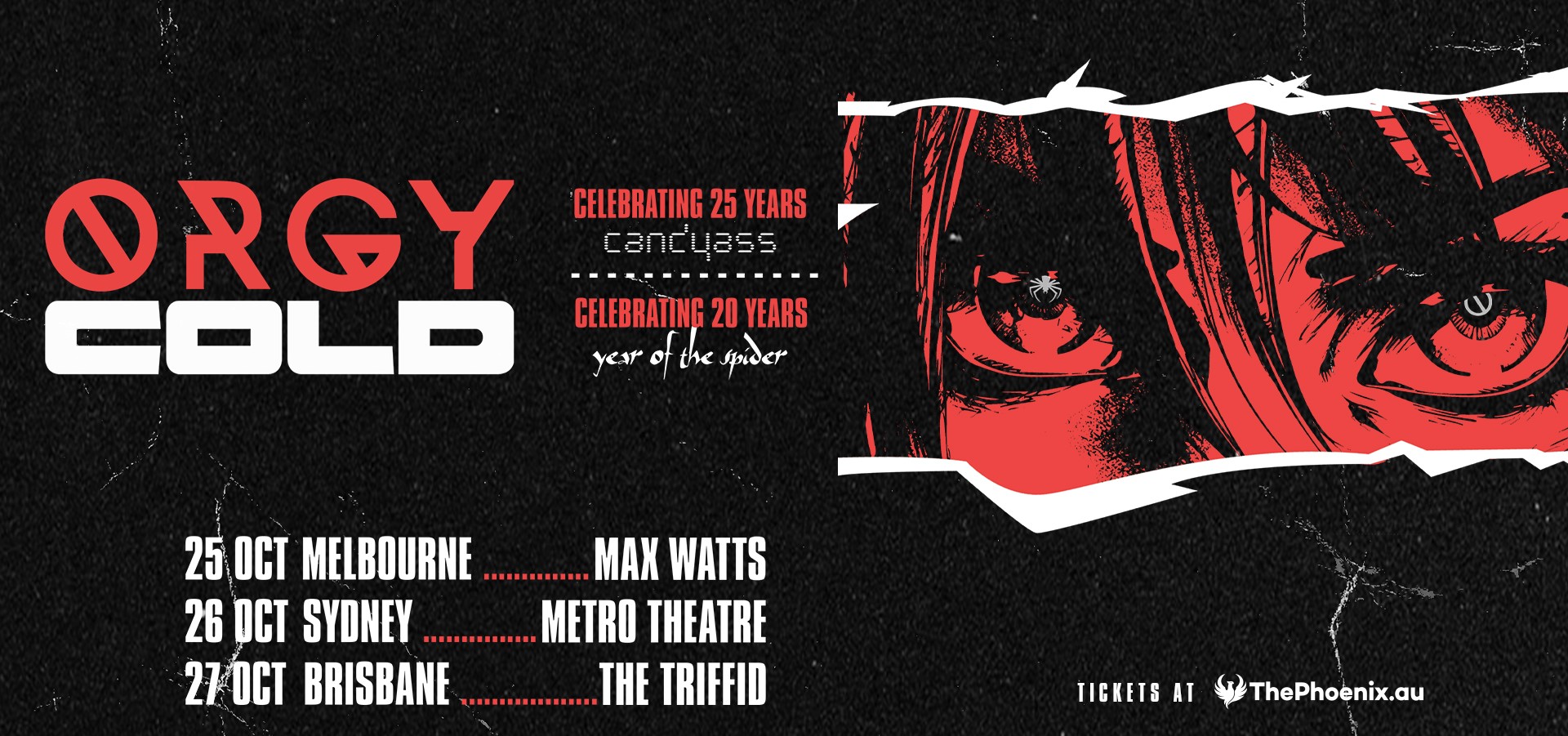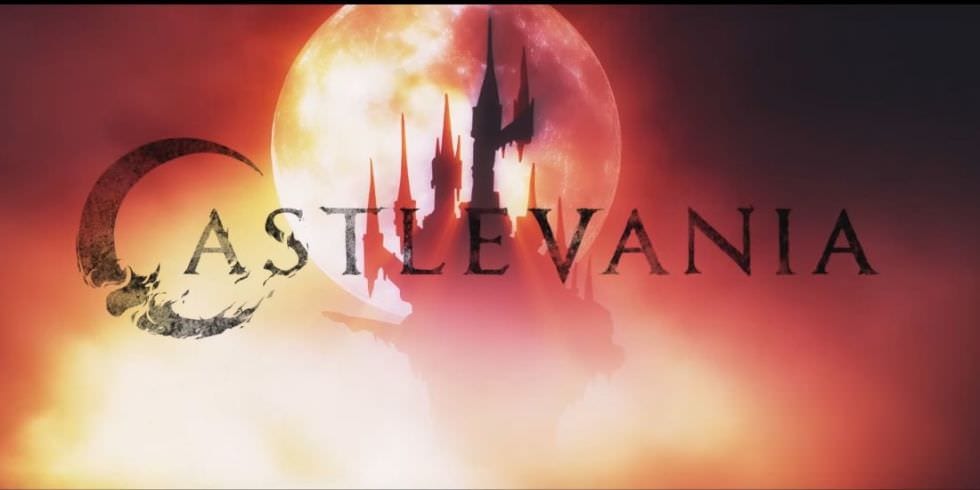Castlevania was first released for the Family Computer Disk System in 1986, and has since become a cultural phenomenon – inspiring the ‘Metroidvania’ genre that would give birth to Shovel Knight, Cave Story, and even Dark Souls. With its combination of a gorgeous Gothic art-style, surprising violence, and extensive bestiary of monsters, Castlevania has become one of those magic landmarks of gaming that developers keep trying to re-capture.
It came as a shock when a Castlevania series was announced for Netflix. Director Adi Shankar recognised that only animation could capture the games’ themes in all their gory wonder, and I was thrilled when excitedly, but cautiously watching the first episode, I couldn’t stop until I’d finished the series. It’s one of the most binge-able shows on Netflix, a first for an animated series.
Sitting down with Adi, I was astounded by what a cool guy he is. An old hand at making nerdy fan-films, he embraces the nerdiness and carries it with him to his every job. To Adi, every project is a passion project, as executive producer in Dredd and Machine Gun Preacher, alongside Liam Neeson films, A Walk Among the Tombstones and The Grey, for which he is the youngest ever producer to land a film in the North American box office.
Asked about the challenges of adapting a ‘simplistic’, low-res game like Castlevania III (the Netflix show’s main inspiration) into a full, animated series, Adi was complimentary to the source material:
“It’s an issue of connecting the dots. The games provide a great, core blueprint; it’s about knowing what elements to focus on. If you’re a fan, you develop a “sixth sense” about this stuff. It’s not unlike a musician who is covering his or her favourite, iconic song. You know what notes you have to hit, and what notes you should make your own. Also, the scripts were written by one of the best writers alive, Warren fucking Ellis.”
Warren Ellis has written a number of successful stories for Marvel and DC, as well as the ‘modern classic’ video-game, Dead Space. With Adi’s sixth sense and Ellis’ superb track record, it’s easy to see how Netflix’s Castlevania succeeded in so many areas, and earned so many fans, in the mostly-untouched market of 2D animation. Wanting to explore this further, I asked Adi if he feels a ‘stigma’ attached to animation. He not only agreed, but delivered a metaphysical coup de grâce to Hollywood, media, and the art of viewership:
“There absolutely used to be! I got asked several times, ‘Why did you do this animated?’ and/or ‘You have a great live-action career. Why are you making an animated show?’
“Animation in the West has not been seen as an art form and is still largely seen as children’s entertainment. The explanation is simple: so much of the media here had been built around a ‘movie star system.’ That star system feeds these recycled and Photoshopped humans to the consumer magazines, which in turn enabled advertisers to sell fear and toothpaste to consumers who were susceptible to suggestion because they had been deluded into believing that these ‘stars’ were somehow simultaneously ‘larger than life’, and credible third-party endorsements. The internet, at first, pulled the curtain back on and then decimated the star system, and for the first time in modern human history, the audience is free to consume without qualitative indicators controlled by a corporate agenda.
“This show was the first in a very long time to use true 2D hand-drawn animation, an art form that was on the brink of extinction. The data has been incredibly validating and shows that the youth view animation through a much different lens than my parents’ generation.”
Reviving an art-form is certainly a great accomplishment, and, as Castlevania has been renewed for a second season, perhaps Adi is right about the new, unshackled internet audience. All I can say is that Castlevania is superb, and hopefully, it will become a gateway for people to appreciate new mediums. Great works of art lie in animated media: Akira and Death Note are being remade as Western, live-action movies; while Ghost in the Shell, perhaps the most respected anime property of all, has received the Hollywood treatment with Scarlett Johansson. People can no longer claim these stories are unworthy of viewers, and of critics. But looking at the issue from Adi’s perspective, maybe the idea of a ‘live-action, Hollywood remake’ is disrespectful to the idea that animation better suits certain narratives; that bankable stars somehow improve the story and the emotion. In short, perhaps we should all look to new horizons?
Having solved the problem of consumer capitalism and salvaged great art, we moved on to the show itself. Right at the beginning, we are introduced to our antagonist – Dracula himself, an eight-foot, golden-eyed aristocrat and nihilist, wielding immense power. He is seductive, (mostly) cordial, and utterly derisive of humanity. I wanted to know what makes him such an electrifying screen presence, to which Adi gave me a rather embarrassing reminder: this Dracula isn’t anything new, he’s Dracula played straight.
“I would argue that we haven’t seen classic Dracula in at least a decade, and in that time, vampire tropes played straight have eroded from cinema. Over the past few decades, the vampire sub-genre has been re-examined (Dracula Untold), dissected (Guillermo del Toro’s The Strain), used purely for aesthetics (What We Do In The Shadows), or as sexual symbolism (Twilight) so routinely that playing Dracula straight, and without a gimmick, has made him feel fresh again. What makes Dracula alluring: When immortality intersects with suffering, it instantaneously makes a character alluring.”
Immortality and morality, death and pain. These are certainly huge themes of Castlevania’s short first series: following the journey of fallen noble Trevor Belmont as he learns to protect the very people who persecute him. There are monsters on both sides of the spectrum, both supernatural and human, and Trevor must walk a fine line between them. On the subject of monstrosity, Adi has a clear message laid out.
“In season 1, the true monsters aren’t actually the night creatures, Dracula, or the cyclops. Their horrific actions are a by-product of the true monster: widespread misinformation and the endless thirst for absolute power. As for Trevor, the demons he is battling are his own apathy, alcoholism, and self-doubt.”
With the themes, politics, and philosophies of Castlevania explored, I reverted to my nerdy self. While it would be spoilerific to ask what game elements we can expect to see in future seasons, I did ask what, if he had a hundred episodes, Adi would like to include?
“This is an amazing question! Castlevania games feature an amalgamation of creatures from so many mythologies that it’s loaded with so many amazing monsters. Death and Frankenstein are awesome in-game battles and open up exciting potential narrative threads. That said, if I had to pick one, a trope routinely used in video games but never in narrative is the doppelgänger trope, where a character is confronted by a ‘bizarro-evil’ version of themselves.”
I want to give my sincerest thanks to Adi for answering my questions but also to take one more opportunity to promote his show to our readers. Castlevania is a bloody, grotesque, beautiful thrill-ride full of great characters and emotion. If you want to explore the animated medium, this is a great place to start.
You can follow Adi at his Facebook page.














